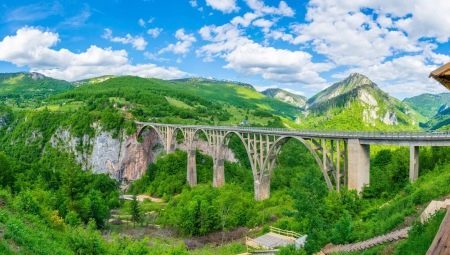Each city, country or territory is notable for some specific outstanding architecture or tourist destination. This corner will cause a stir among tourists, whole groups and buses will come there. Of course, such an item will be on the list of places planned for visiting by people, even if they are only just forming their vacation.
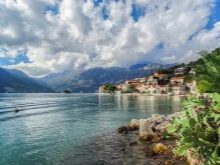
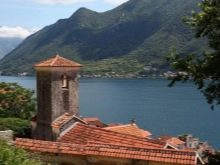
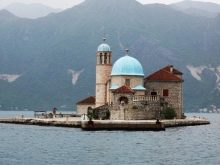
Montenegro also has such an attraction, which has a unique, tragic history. But at the same time, the picturesque environment that she opens makes people plunge into the world of nature, solitude and relaxation.
An amazing place loved by all tourists is located in the northern part of Montenegro. And this is the most amazing and large-scale engineering construction in Europe - the Dzhurdzhevich bridge.
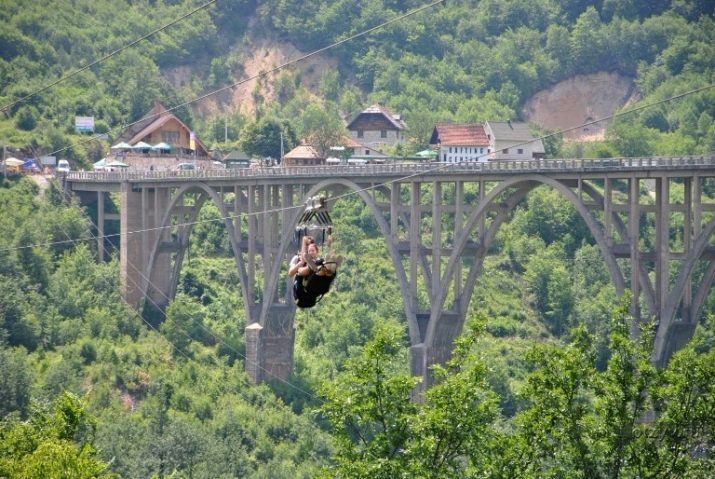
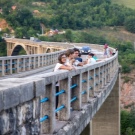
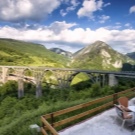
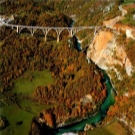
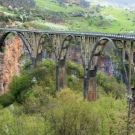
History of construction
Montenegro is rich in natural beauties that have no end, no edge: forests, rivers, lakes and mountains. But still few know about the most significant sights of Montenegro, its tourist visiting card, which is surrounded by forests and mountain ranges. Dzhurdzhevich’s bridge connects two banks of the rapidly flowing mountain river called Tara.
The construction of the bridge is considered the highest in Europe due to the fact that the concrete arches reach a height of 160 m. The length of the entire bridge is 365 m, and the distance between the arches (one of the largest spans) is 116 m.
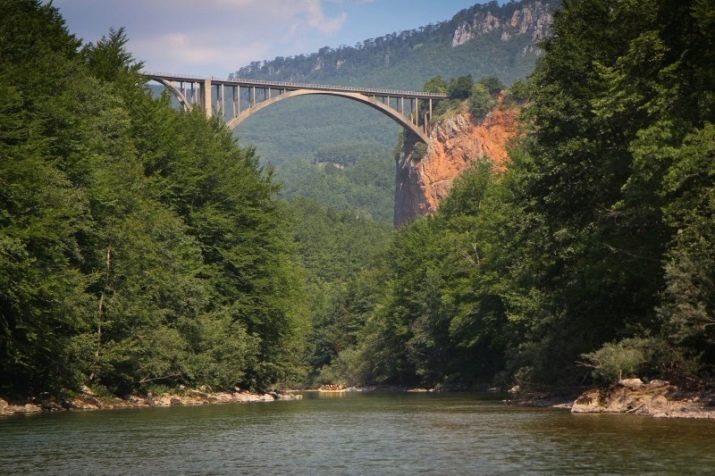

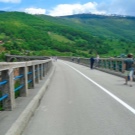

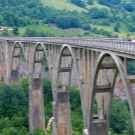
The bridge was designed by a very talented architect of his time, Professor Miyat Troyanovich. The construction was led by engineers Isaac Russo and Lazar Yaukovich. The bridge construction is located near the Mojkovac - Zabljak highway, and connects the two banks of the Tara River, which flows into the canyon gorge.
Construction took three years - from 1937 to 1940. The number of arches built is five, and if you look closely at the structure as a whole, you can see that it is slightly curved by an arc, not straightforward.
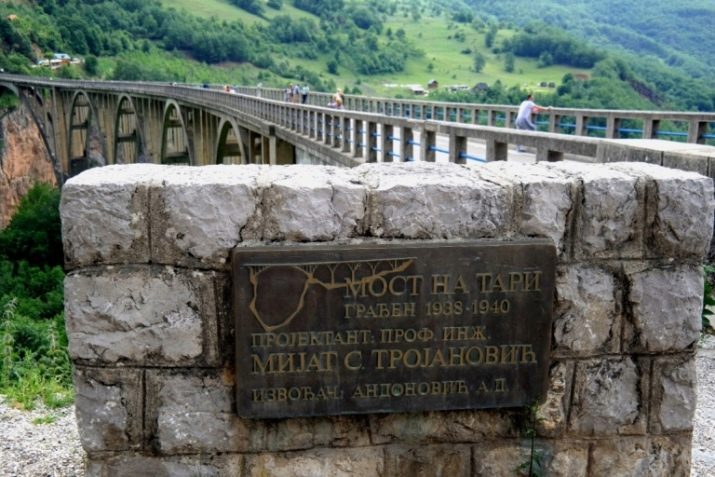
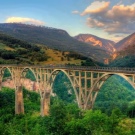
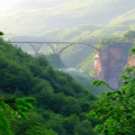
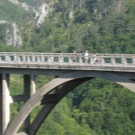
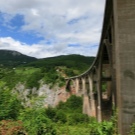
It is worth noting that there is no separate walking trail on the bridge, so a group of tourists travels right along the roadway, along with cars.
During the military operations in World War II, Yugoslavia was occupied by fascist armies. And Montenegro at that time was part of Yugoslavia. The country underwent dramatic changes, and in order to fight against enemy forces, part of the partisan movement aimed at blowing up bridges to make it difficult for the fascists to move. That is why the bridge that connected the rapidly flowing Tara River acquired important strategic importance, since it was almost impossible to cross the canyon without a bridge.
In 1942, Lazar Yaukovich, an engineer who took a direct part in the construction of the bridge, and whose brainchild he was, found out about this himself, volunteered to blow up the structure. But only so that subsequently it could be restored and restored, resuming communication between the two banks.
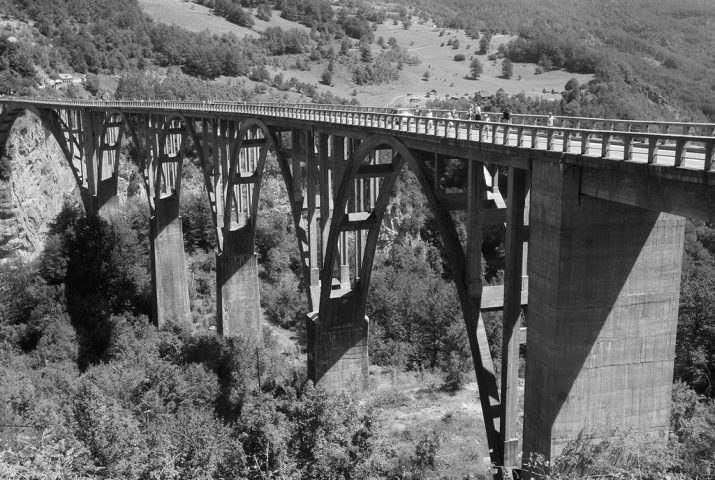
Therefore, the engineer laid the explosives only in the central part, under the largest arch, so as to destroy only it, and thereby stop communication between the banks. Since the central arch has a span of 116 m, no one will be able to jump over such a gap.
Upon learning that the bridge was destroyed, and finding out who destroyed the bridge, a hunt was declared for Yaukovich, and for two years the Nazi soldiers tried to find an engineer. They succeeded - and Lazar Yaukovich was shot.
Now you can find a monument put to a fearless engineer. And the construction itself was able to be restored immediately after the end of the war, and already in 1946 cars were able to drive there again.
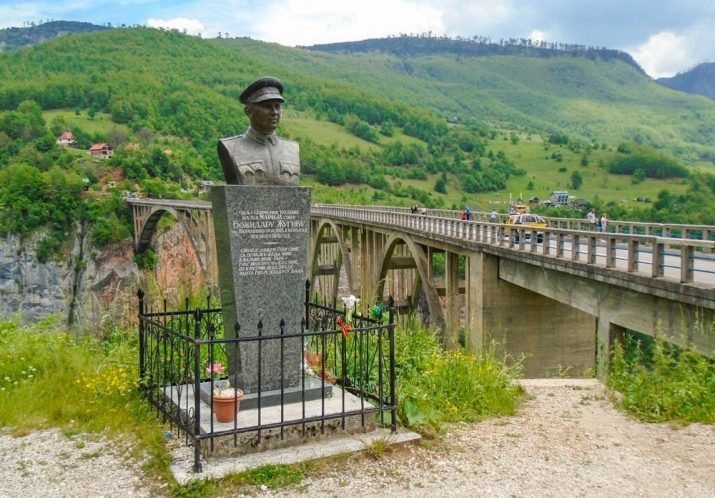
The bridge has two significant and historical notes.
- In concrete, you can find traces left after shelling, the seizures from the shells that were shot. All this leaves its mark on history as well as on tourists who visit this place.
- The name of the bridge itself. As is clear from history, among builders, designers and designers, there is no one by the name of Dzhurdzhevich. And this is true, the bridge bears the name of a nearby farm, or rather, the name of the farmer. Unfortunately, why the bridge got this name - there is no reliable information as well as data about the same farmer.
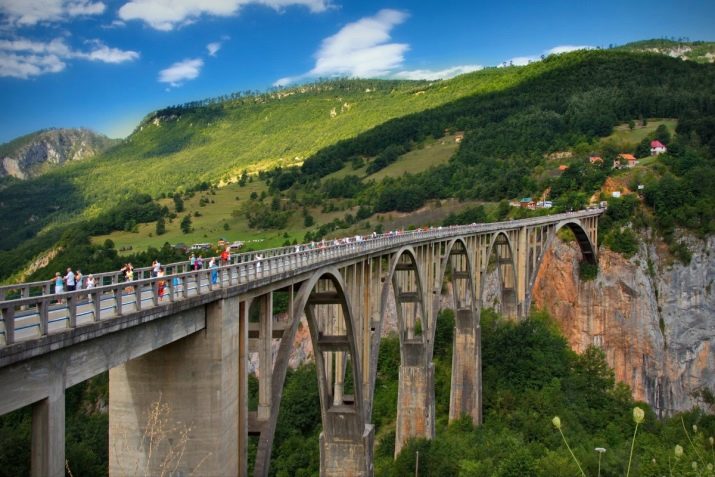
How to get there?
As mentioned above, Dzhurdzhevich’s bridge is located near the Mojkovac - Zabljak road. And to get to the bridge, the easiest option would be to simply buy a ticket for a canyon tour and take you by bus to the desired location.
If you do not want to go on a tour by bus, you can also independently get to the place by regular bus, which goes from Zabljak to Plevlya. The hitch lies in the fact that buses run along this route quite rarely, and if you miss your flight, you will have to wait a long time, especially if it is a non-tourist season. And the settlements are located at a fairly distant distance.
But this does not scare tourists. The bridge is located at the fork of the road between the cities of Mojkovac, Plevlya and Zabljak, and if you look harder, then from any of this city you can get to the sights. Especially in the tourist season.
In winter, you can also get to the bridge yourself. But there are no tourist groups from November to April.

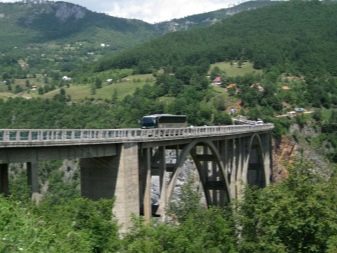
The fastest route goes from Zabljak, it turns out that you will need to drive about 20 km for 3 euros.
The bridge has a peculiarity - in addition to the fact that there is no separation on it for pedestrians and cars, it is quite difficult for the transport itself to leave there, especially if it is large trucks or buses.
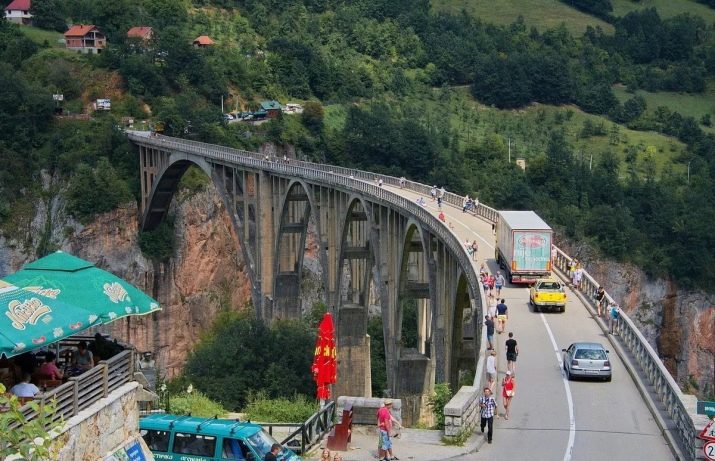
Those who love active sports can enjoy cycling. But the trip will be very difficult and energy-consuming.But it will be possible to enjoy the nature of Montenegro, clean air and beautiful forests.
If you have your own car, then it will not be difficult for you to get to your destination. There is free parking near the bridge. But if you call a taxi, the trip will cost about 20-30 euros, or even more.

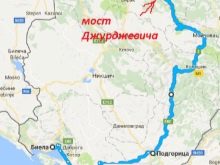
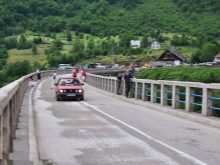
During the season, a trip consisting of a canyon tour (visiting not only the bridge and its mountainous terrain, but also other canyons) will be about 50 euros, the price varies depending on the carrier. And the whole trip will be about 12 hours.
Zipline
Djurdzhevich's bridge is one of the most memorable landmark in Montenegro. From it you can see just a fantastic relief of mountain ranges, forests and the Tara River.
But the beauty can be seen not only with a magnificent design that rises 160 meters above sea level, but also thanks to the zipline, a path that is located near the bridge between two hills connected by a rope.
This type of tourism has been practiced for a long time, so in order to have fun on a bungee, it is worth pre-booking your seats.


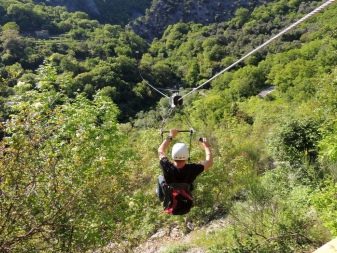
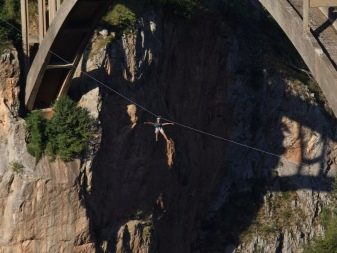
There are three types of bungee with different lengths.
- The smallest zip track at 350 meters. But do not be upset, because because of the slope, the speed that a tourist develops reaches 100 km per hour, which is a lot. Of course, a lot depends on the complexion of a person. The duration of the flight does not exceed 50 seconds, but because of the feeling of weightlessness it seems that you do soar. The price of such a trip will cost 10 euros per person. This track works from May to September inclusive.
- Zipline at 824 meters. Until 2017, it was the longest zip track in Montenegro. The flight lasts as long as 70 seconds, the height is the same - 170 meters, there is the opportunity to sit down, that is, there is a bucket seat. This track runs from April to mid-October. The ticket price is 20 euros per person, there is no restriction on video filming.
- The bungee is 1050 meters long. Such a zip track is considered the longest not only in Montenegro, but also in the world. The speed that a person develops, running down it, reaches 120 km per hour. The height here is already 190 meters above the Tara River, and the flight time has increased to 85 seconds. Ticket price 20 euros. Open from April to mid-October.
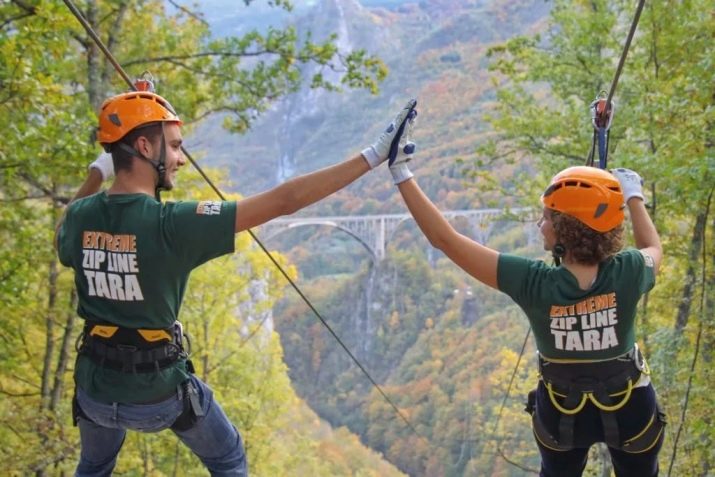
About one of the most beautiful places in Montenegro, see the video below.
